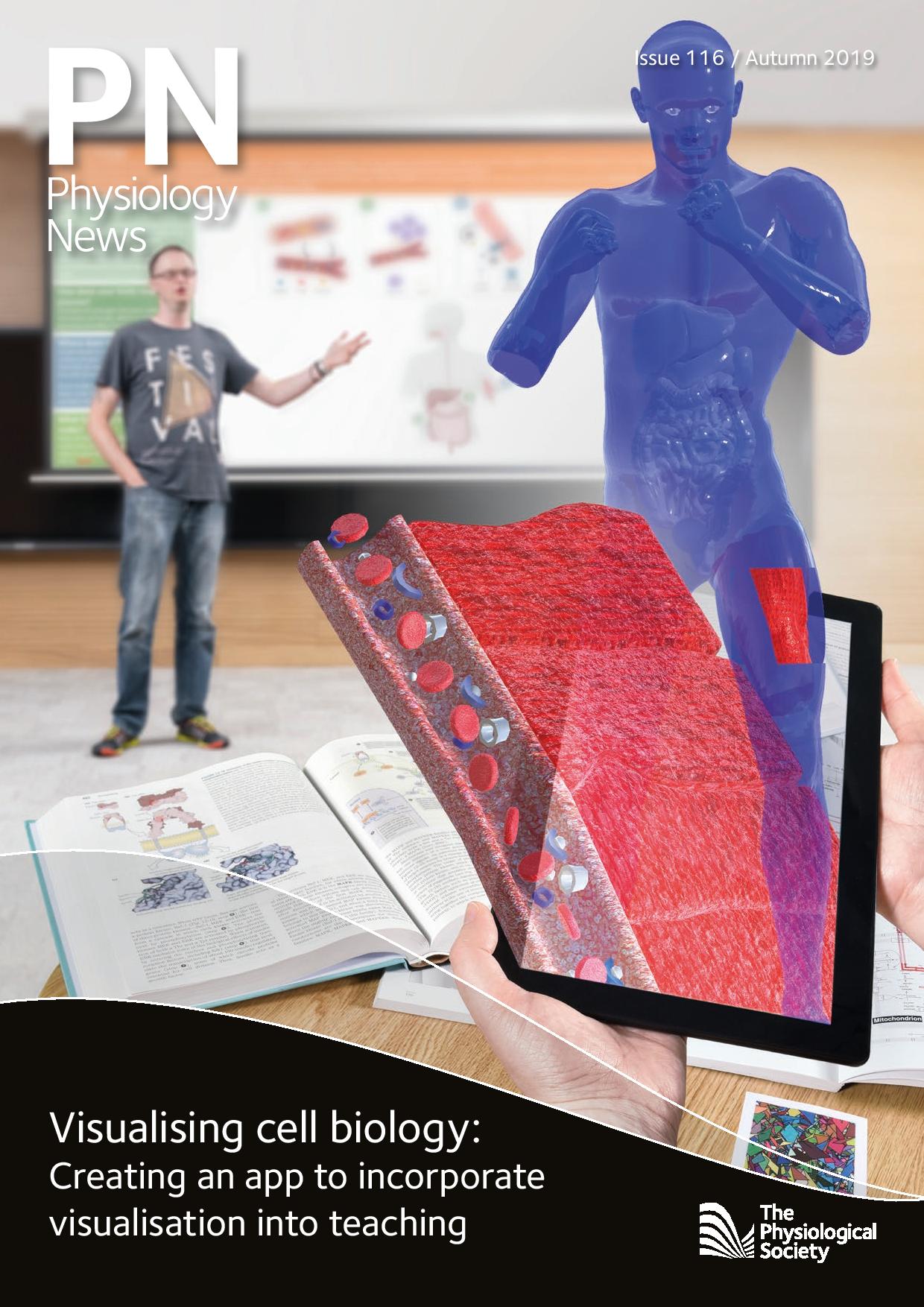
Physiology News Magazine
Arthur John Buller (1923 – 2019)
Letters to the Editor
Arthur John Buller (1923 – 2019)
Letters to the Editor
Bruce Matthews, Nigel Buller, John Nicholls, Tim Biscoe, Tony Ridge, and Kuda Ranatunga
https://doi.org/10.36866/pn.116.11a
Arthur Buller died on 9 May 2019 at the age of 95 years. He was brought up in a military family and attended the Duke of York’s Royal Military School in Dover. He first became attracted to a career in medicine while visiting his father in the hospital at the age of 12 and was fascinated by a ward-round he witnessed that was being conducted by a neurosurgeon. His aim of studying medicine was made difficult by his school not providing courses in chemistry or biology, and to gain entry to medical school he had to study on his own and take additional courses. He was admitted to the second MB course at St. Thomas’s Hospital at the age of 17 and qualified when he was 20. At that age he could not work as a doctor because he was too young to sign a death certificate. Before starting his House appointments, in an important step in determining his future career, he became a Demonstrator in Physiology at St. Thomas’s.
After 10 years in clinical departments, he returned to physiology at Thomas’s, worked with Katz on muscle spindle discharge at University College, and in 1958 went to spend a very formative year with Jack Eccles in Canberra, during which they discovered that the contraction speed of skeletal muscle twitch fibres was determined by their nerve supply. Arthur was invited by Jack to pursue the mechanism of this effect, which he did with his research group over several years. Arthur and his colleagues made major contributions to the experimental evidence that showed that it was the pattern of impulse discharge in the motor nerve fibres rather than a chemical, trophic effect provided by the nerves, that determined the contraction speed of the twitch fibres.
Soon after Arthur returned from Australia, he was appointed as a Reader in Physiology at King’s College, London and then, in 1965, as Professor and Head of the Physiology Department in Bristol. With excellent accommodation in a nearly new building, he quickly recruited additional staff and established a department with an outstanding record in both teaching and research. He led the department by example, and was extremely kind and caring to the staff; for example, on one occasion he took new equipment from his own laboratory and gave it to a new lecturer who had arrived with only an old and obsolete set of instruments. Also, with his wife Joan, he hosted the wedding reception of a Sri Lankan PhD student. Many who worked with him will be very grateful for the inspiration and guidance he provided for their research and teaching.
Arthur made very significant contributions to the MRC. He became a member of the Neurosciences and Mental Health Board from the time it was formed in 1972 and was Chairman from 1975 to 1977. He was then appointed Chief Scientist at the Department of Health and Social Security from 1978 to 1981, a post in which (amongst many other undertakings) he worked very hard to ensure that, after government cuts in the level of funding, some of the support for medical research was restored back to the MRC from the Department of Health. This was obviously the least enjoyable part of his career.
In Bristol he was Dean of Medicine from 1976 to 1978, and returned briefly to the Physiology Department in 1981 after his spell at the DHSS. He took early retirement in 1982 but continued to support the work of medical charities, particularly those concerned with muscular dystrophy. Also, in retirement, he maintained his life-long fascination with physics and mathematics, and obtained an Open University degree in mathematics.
Three interviews with Arthur that were made in 1995 by Max Blythe on behalf of the Royal College of Physicians are available at the Oxford Brookes University website under Radar Collections/Archives/Buller.
